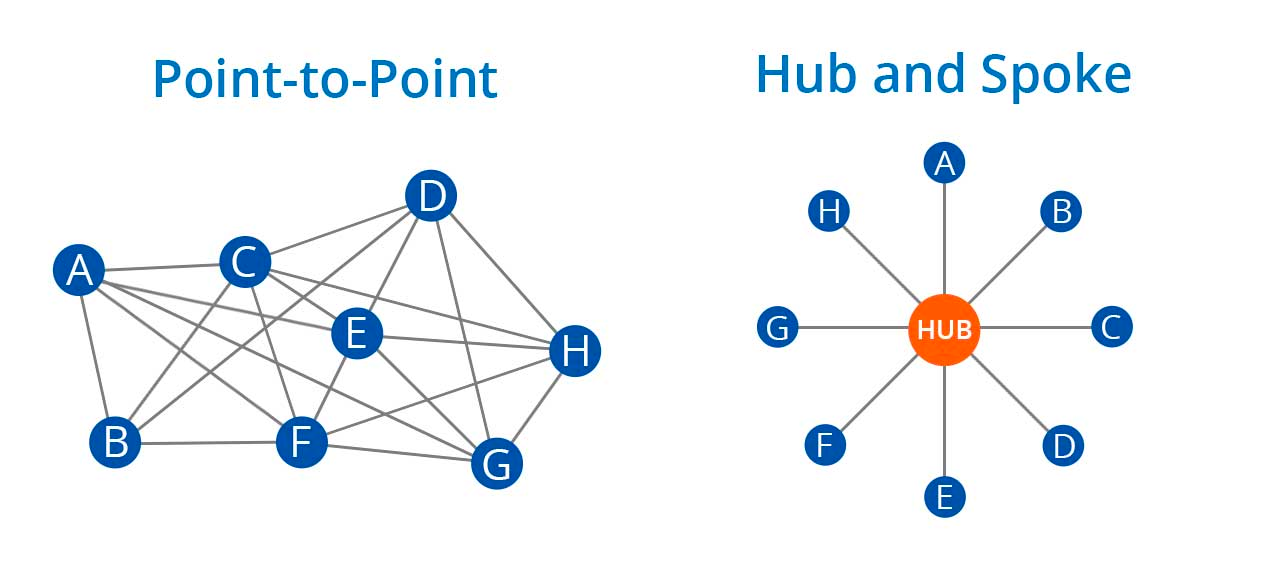A while ago we were helping a Russell Group university to reform their research culture. A surprising finding from our discovery process was that the strength of identity within departments was far greater than the sense of identity and belonging to a particular faculty or even to the institution itself.
The continual feedback from departments about their culture was, “We’ve got this locally, but we’re really bemused by what’s going on elsewhere.”
In a similar piece of work at another institution, we found extraordinarily vehement resistance to change within one faculty, because the requirement to adopt a uniform approach felt like a threat to their identity and completely ignored the fact that they had a unique situation. They did a lot of work with external partners, requiring a different approach, but there was no recognition from the top that something else was needed for them.
In our work with large organisations like universities, we come across these kinds of situations fairly often. In more than one institution we have been struck by how the strength of identity and sense of belonging diminishes as you move away from the local team. The further away someone is from the central administrative hub, the looser their feeling of affiliation to the organisation as a whole.
The effect is that people in universities often feel siloed, and individual departments and faculties feel disconnected from each other
We’ve come to the conclusion that it might be better to think of a university as a network of distinct and differing communities each with its own unique identity and ways of doing things, rather than a single entity.
This way of thinking could shift the approach to change in any organisation.
Changing the view, changes the programme
When thinking about making a change or ‘transforming’ an organisation, how often is the starting point an unspoken assumption that it is a single entity? If you started with a different view instead – that you are dealing with individual but connected groups, how might that change how you approach the challenge?
Most of us tend to be drawn to solutions that can be applied across the board, but what if that approach is starting from the wrong place?
The idea of a harmonised uniform process that flows smoothly across all departments so that errors are reduced, data is easy to collate and anyone can step in to help because it’s all the same, is tremendously attractive.
The problem though, is that clean, simple, uniform solutions are often not flexible enough to accommodate the inevitable exceptions.
When the universal solution doesn’t fit
To give an example from another area of our work, one department manager revealed with exasperation that at least 40% of their programmes were ‘non standard’ requiring manual workarounds every time a member of staff interacted with the programme software.
That is a huge amount of wasted effort every day.
So when faced with the requirement to implement a uniform approach that will not work, a team is likely to be highly stressed by the request – especially when no one at the top seems interested that the standard solution does not fit.
Perhaps that is why there is so often discomfort around top-down change programmes – because ‘non standard deviations’ are not recognised or accommodated.
Why consistency is better than uniformity
As someone from one university pointed out, there’s a difference between consistency and uniformity.
The idea of consistency is interesting. Rather than a uniform set of actions, it might mean thinking about underlying principles and values, and the required outcomes. If those are clear might it be okay for local adaptation that works in each specific context?
How we’re changing to a networked model at Then Somehow
We’ve been so struck by this ‘network of communities’ way of thinking that we have taken it on as an experiment of our own: we’re now trying to reframe the way we work together at Then Somehow.
Until recently we have been organised as a ‘hub and spoke’ (just like ‘the centre’ in a university), with the founder in the middle and everyone separately connecting with them.
That has felt constraining and that we’re missing out somehow. So a few weeks ago at our team away day we talked about what we could do to create more of an interconnected ‘point-to-point’ network, and what might we do differently.
Meeting and thinking like this has been a really interesting experiment in the way that we work and is already leading to good outcomes.
There’s a whole bunch of unspoken assumptions that we have started to subvert a little bit which is making space for creativity and other interesting things to emerge.
Notably a few people have been making a point of hanging out together, and developing new possibilities to work with each other.
It’s early days but we’re very curious to see what happens next.

The Power of Networked Thinking
What strikes us most about this is the untapped power of these networks when you apply this kind of thinking.
And we’re very curious about what happens when you reimagine organisations as networks of communities. Rather than trying to make everything uniform, could you let people solve problems locally? What if you design processes or platforms that encourage people to link up with each other?
How might that transform the way people engage with change? If you start with the assumption that an organisation is a coherent consistent whole, you approach change in a certain way. If you see it as a network of communities, it might completely shift the way you think about it.
Of course some change projects are born of crisis, driven by the compelling need to save money quickly. In a crisis you often crave the fastest, cleanest simplest path possible. Seeing an organisation as a single uniform controllable and biddable thing is attractive and reassuring. In a crisis you need urgency and compliance, and you might design a process according to those needs rather than the needs of the people you want to make the changes.
In truth those people also recognise the need to save money, and their jobs. They also want to protect the mission of their institutions: the thing that gives them their sense of purpose. And they are best placed to find the solutions that can make that possible.
The very moment you crave uniformity and compliance might be the moment you need to let go of them. The more you dig under the skin of any large institution, the more people will explain to you why they’re different. Maybe they are not wrong. We know from our work with institutions that there are ways you can distribute leadership, and trust people to solve problems in adaptive and non-uniform but consistent, and creative, ways.
Whilst the challenges across an organisation are fundamentally universal and shared, and broadly speaking the solutions are the same, the way you might go about achieving the solutions could be different. Or there might be special flavours that you can apply in one place that you can’t in another.
So how could you equip people, give them the time and allow them to solve a problem locally? And do that in a way that isn’t so at odds with everybody else that it becomes impossible to integrate.
What this means for people who are attempting to bring about change is to encourage them to see any community or organisation as a group of diverse individuals, to talk to them and hear their points of view, and to facilitate conversations where other people can hear these points of view too.
Because then the group as a whole has the information that it needs to change its future.
We’d love to know what you think about this – does any of it resonate or inspire, or would you like to challenge it? Get in touch and let us know.
At Then Somehow we help universities and other organisations build emotional literacy, increase empathy, and help you see the world differently, giving you practical tools to shift the stuff that’s stuck.
If you’d like to discuss how we can help your organisation develop leaders and perform better, get in touch here.
